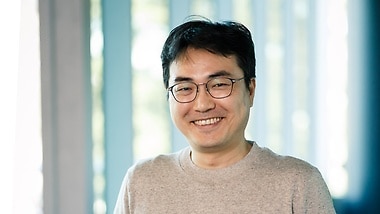Mercedes-Benz collaborates with Google on benchmark study exploring chemical reactions.
Mercedes-Benz, together with its research partner Google, has for the past two years successfully honed the power of quantum computing for chemical simulations that promise to accelerate the development of advanced battery materials and battery systems for future electric vehicles.
In the most recent experiment that teams from both companies jointly performed, Google’s Sycamore quantum processor was used to simulate complex chemical reactions that would stump first-generation quantum machines. The milestone in computational quantum simulation to accurately predict chemical processes earned the researchers a cover story
Google’s system was able to successfully pull off the largest chemical simulation performed on a quantum computer to date. Specifically, it calculated the binding energy of large hydrogen chains as well as the energy barrier for molecular restructuring of diazenes.
“Relatively large-scale simulations like these have been challenging even for state-of-the-art quantum computers. They have now become possible by developing effective error mitigation strategies and optimizing them for quantum chemical simulation on Sycamore,” explains Eunseok Lee, Principal Scientist at Mercedes-Benz Research & Development North America. MBRDNA, headquartered in Silicon Valley, has officially partnered with IBM and Google to develop a deeper understanding of quantum computing and explore future practical applications.
This achievement comes on the heels of Google announcing so-called “quantum supremacy” in 2019, which refers to its Sycamore processor having the potential to outperform classical computers by orders of magnitude in terms of its speed to solve certain problems. “The study published in Science takes that accomplishment one step further,” says Lee. “The fact that Sycamore can be used for quantum chemical simulations of intermediate-size molecules indicates solid technological progress in quantum chemical simulations as well as quantum computing in general.”
It’s progress that matters to a car maker such as Mercedes-Benz and its customers as well. “Understanding the mechanism of chemical reactions in detail by simulating them in a quantum machine comes with many benefits. We will continue to develop and adapt quantum algorithms for bigger molecules and align that work tightly with development efforts on the hardware side,” adds Russell Seeman, technical program manager of the Innovation Management team at MBRDNA. “Taken together, it will eventually speed up the development of advanced battery materials and battery systems for next-generation electric vehicles.”




